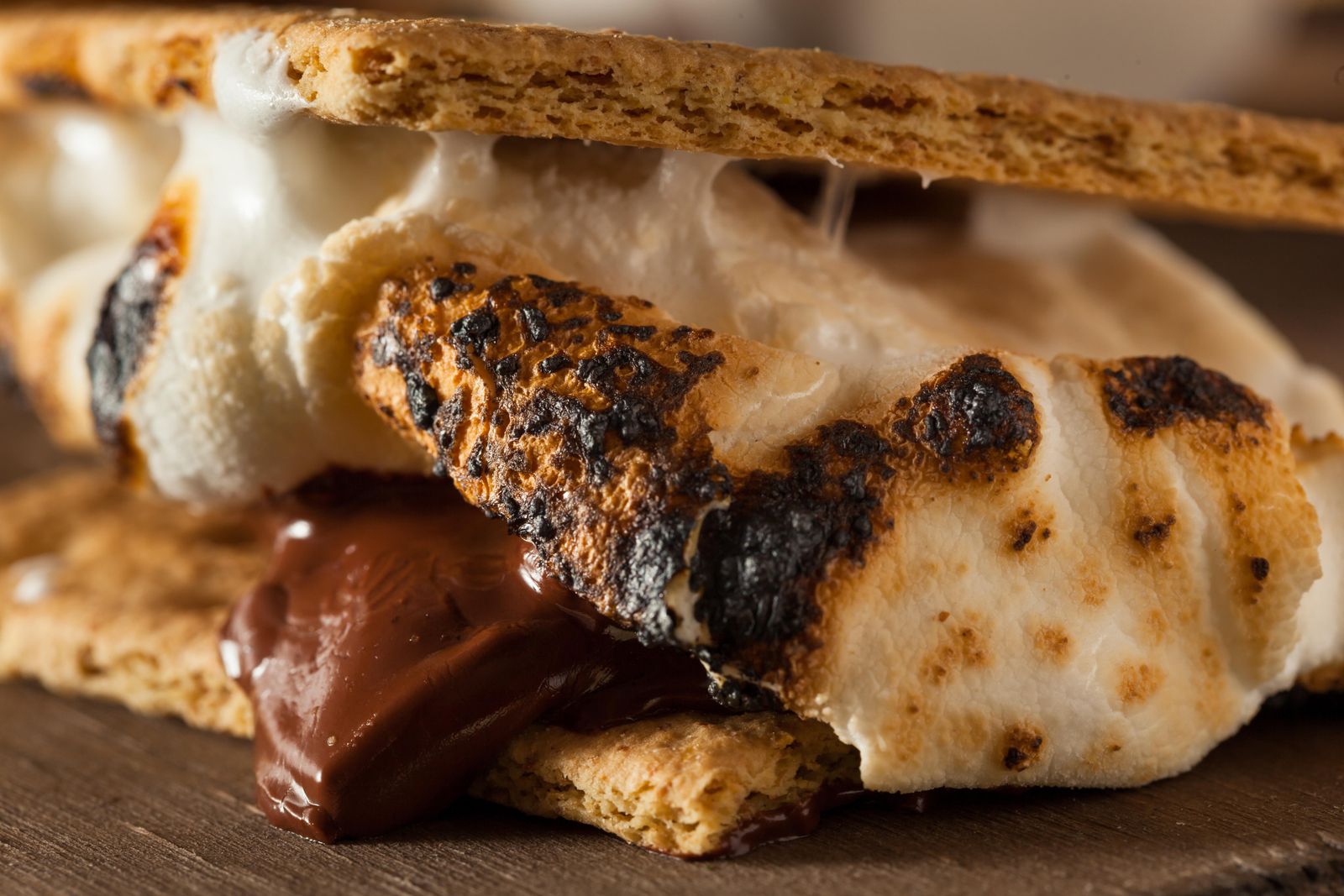核心概念
The author delves into the scientific aspects of creating the perfect s'more by exploring physics and thermodynamics, aiming to find the ideal technique for roasting marshmallows to achieve gooey chocolate consistency.
摘要
In a quest for the perfect s'more, the author investigates the science behind this campfire treat. Starting with historical references from the Girl Scouts, they explore specific heat and latent heat of melting to determine optimal temperatures for chocolate and marshmallows. Through experiments and calculations, they establish guidelines for achieving the ideal s'more consistency, emphasizing patience in roasting marshmallows over precise temperatures.
客製化摘要
使用 AI 重寫
產生引用格式
翻譯原文
翻譯成其他語言
產生心智圖
從原文內容
前往原文
www.smithsonianmag.com
The Scientific Quest For the Perfect S’more
統計資料
Cheap milk chocolate has around 10 percent cacao.
Chocolate melts at room temperature of around 80° F.
The author estimated a desirable eating temperature of 120° F for s'mores.
The author weighed chocolate (11g) and marshmallow (6.4g) per s'more.
Optimal chocolate melting required bringing the marshmallow to 160° F.
引述
"I started by going straight to the source: the Girl Scouts."
"First, I did away with unnecessary factors: specifically, graham crackers."
"With a more patient approach...I was able to get the whole thing to heat up at around the same rate."
"If you like burnt sections on your marshmallow, char it quickly before removing it from the heat."
"As with any important skill, practice makes perfect..."
從以下內容提煉的關鍵洞見
by Smithsonian ... 於 www.smithsonianmag.com 02-21-2024
https://www.smithsonianmag.com/science-nature/scientific-quest-perfect-smore-180969620/
深入探究
How does varying cacao percentage in chocolate affect its melting point?
The melting point of chocolate generally increases with a higher percentage of cacao content. This is primarily due to the fact that milk fat, which melts at a lower temperature than cocoa butter, is present in higher quantities in chocolates with more milk and less cacao. For instance, cheap milk chocolate typically contains around 10 percent cacao, resulting in a relatively low melting point. As the percentage of cacao increases in chocolate, the melting point also tends to rise because cocoa butter has a higher melting temperature compared to milk fat.
What other classic recipes could benefit from a scientific analysis like this?
Several classic recipes could benefit from a scientific analysis similar to the one conducted for perfecting s'mores. Dishes involving baking or precise cooking techniques such as soufflés, macarons, custards, and caramel might greatly benefit from understanding the underlying physics and chemistry involved. Additionally, recipes that require specific temperatures or timing for optimal results like steak doneness levels or bread baking could be enhanced through scientific experimentation and calculations.
How does mastering patience in cooking relate to broader life skills?
Mastering patience in cooking can translate into valuable life skills beyond just culinary pursuits. Patience is essential when dealing with complex tasks that require attention to detail and precision - qualities that are crucial not only in cooking but also in various aspects of life such as problem-solving, decision-making, and goal achievement. Learning how to wait for the right moment before taking action can lead to better outcomes by allowing time for thorough planning and execution rather than rushing through tasks impulsively. Ultimately, cultivating patience in cooking can help develop resilience, discipline, and mindfulness which are beneficial traits applicable across different areas of life.
0
